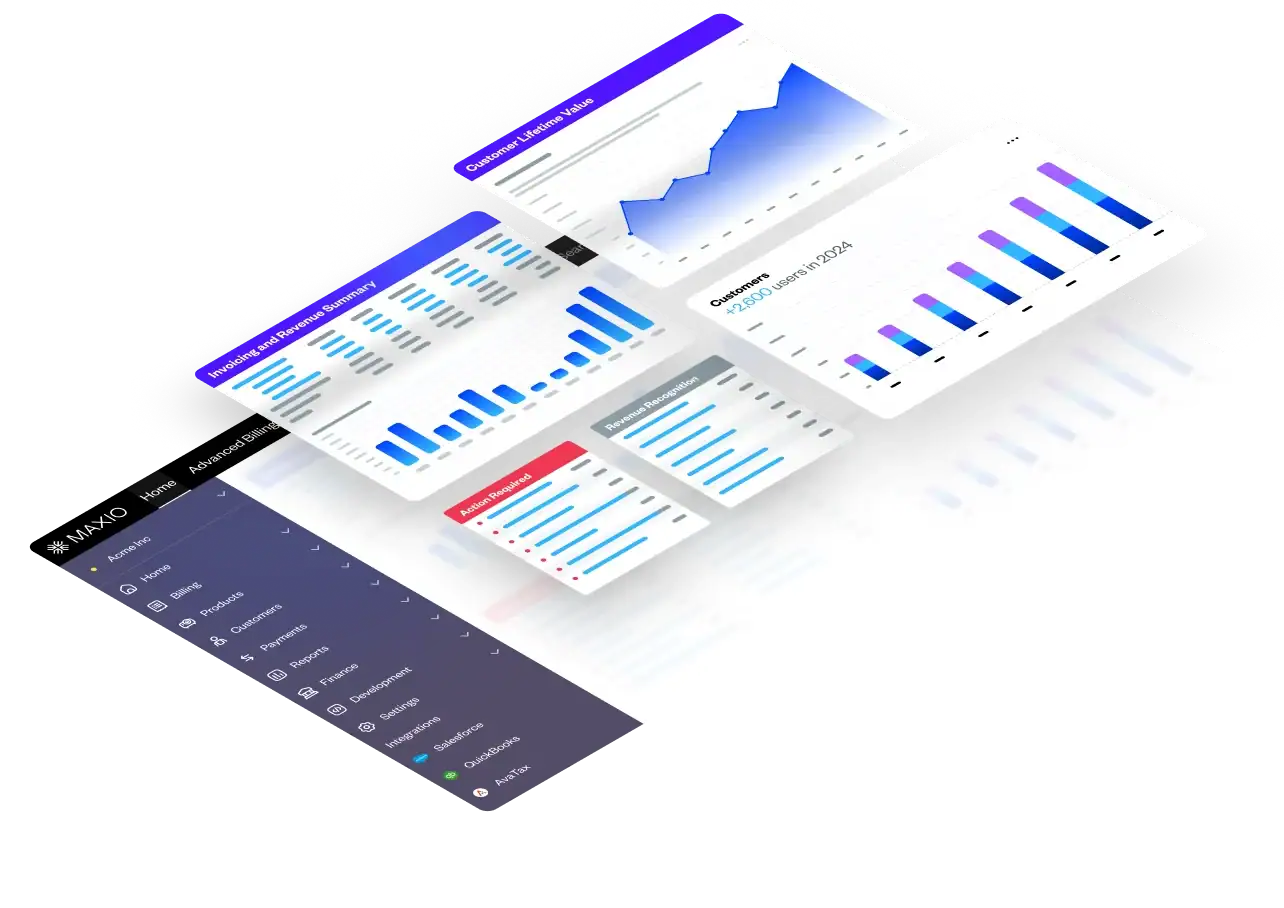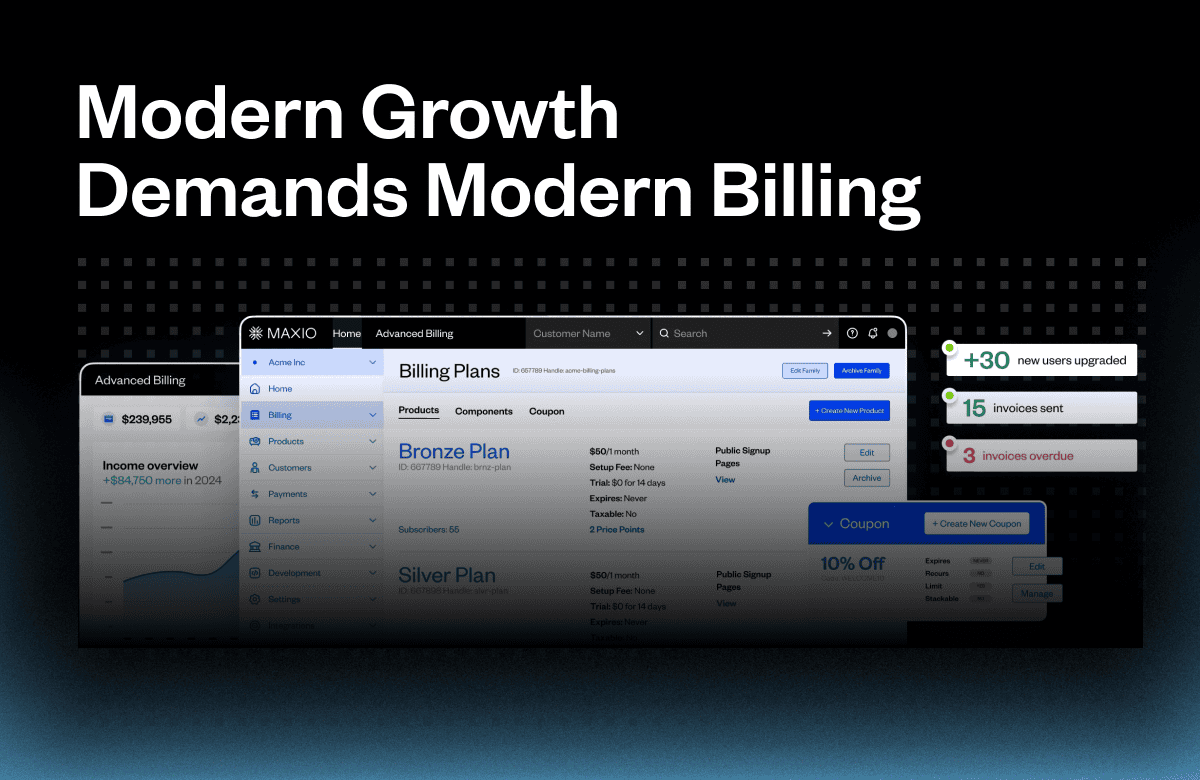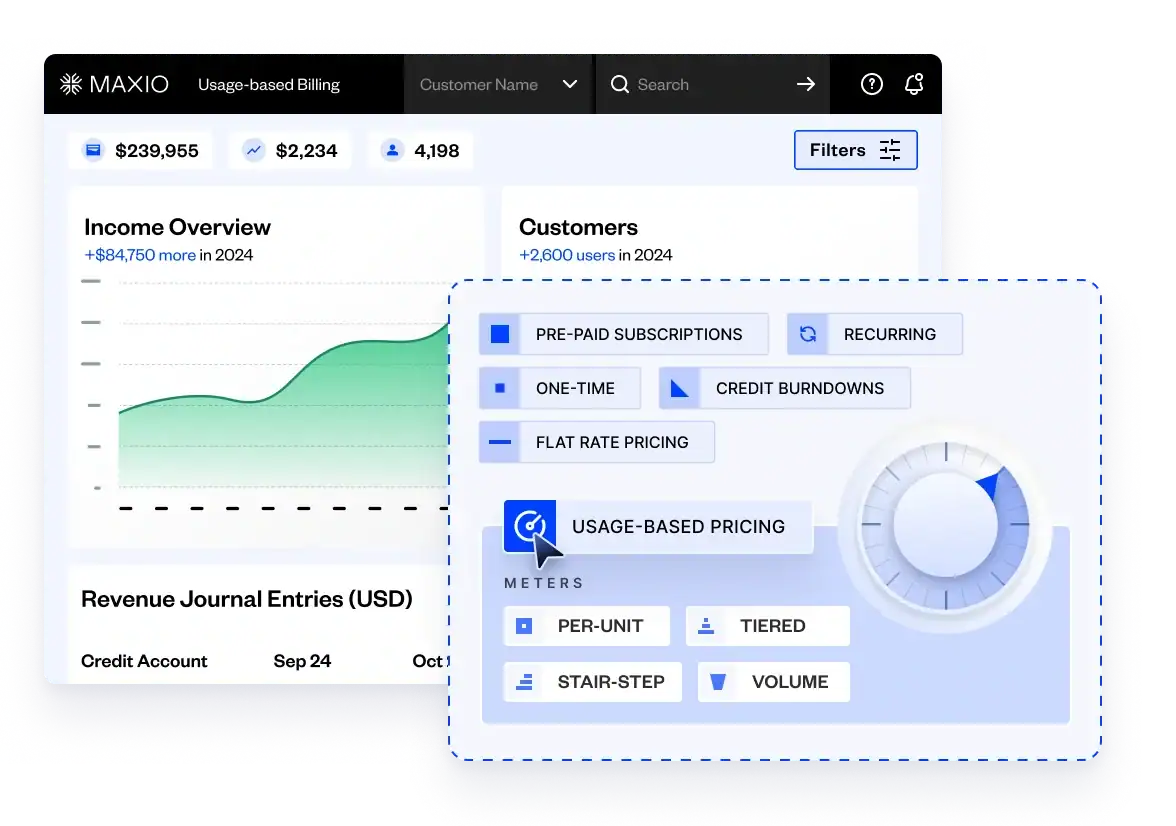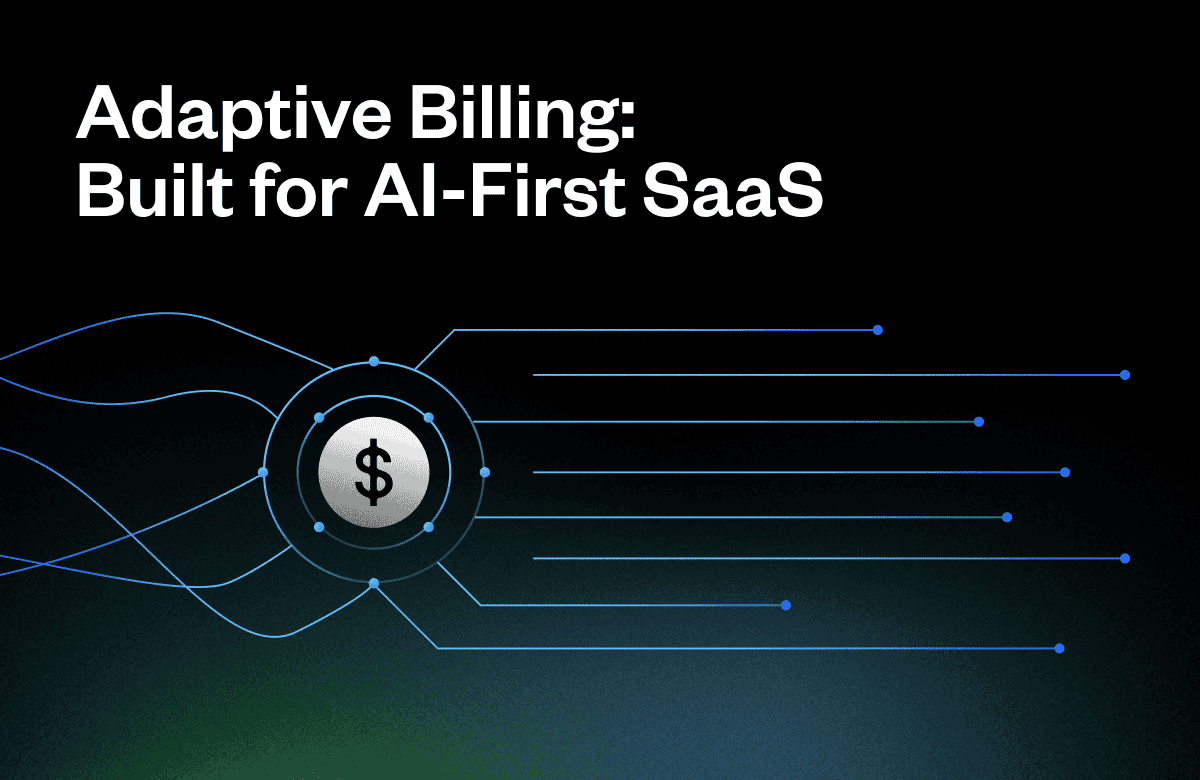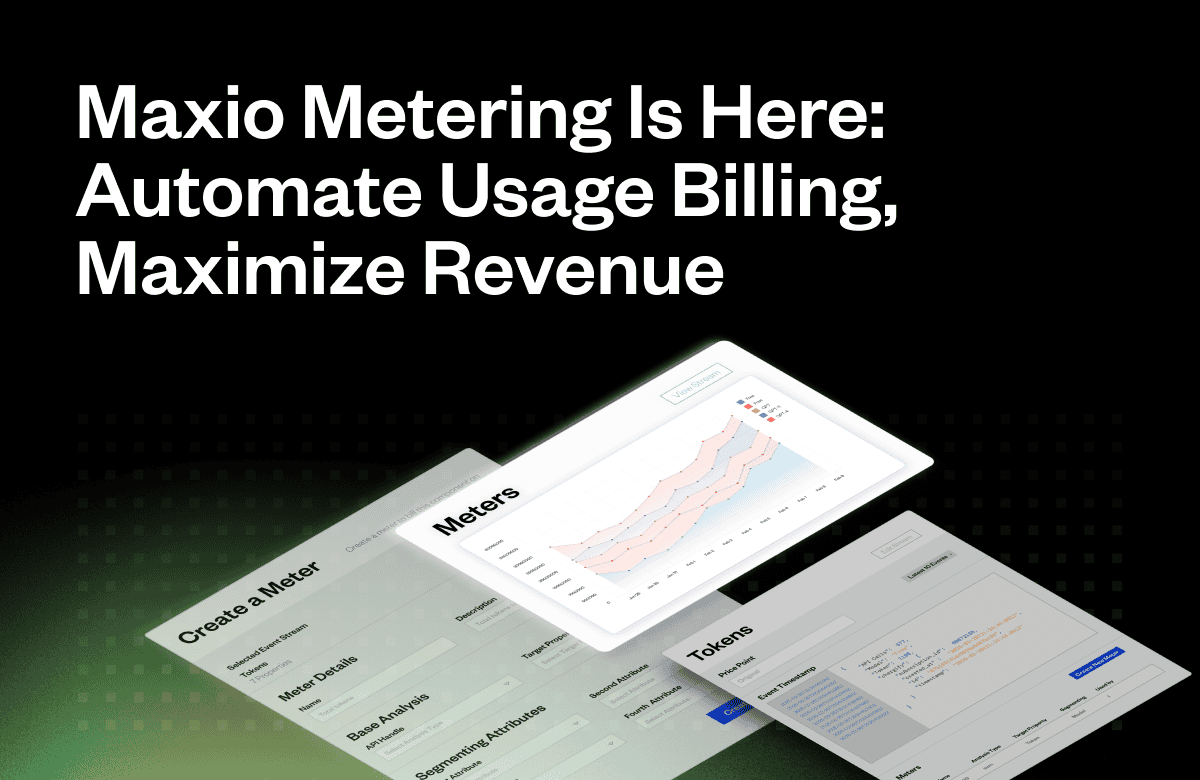As SaaS offerings grow more complex, pricing is no longer just about covering costs—it’s about communicating value, earning customer trust, and unlocking growth. But here’s the problem: most billing models haven’t kept up with the complexity of modern SaaS offerings.
As product capabilities evolve—especially with the rise of AI and data-intensive workflows—rigid, one-size-fits-all pricing strategies are starting to break down. And when pricing doesn’t align with product value or usage, it becomes a source of friction instead of a growth driver.
That’s why your billing strategy isn’t just operational—it’s strategic.
Billing’s Direct Impact on Growth
When pricing is misaligned, the consequences ripple across the business:
- Customers feel overcharged and churn
- High-value features go under-monetized
- Engineering teams waste cycles maintaining brittle pricing logic
- Expansion becomes harder because pricing doesn’t scale with usage
Flat-rate subscriptions may offer predictability, but they often fail to reflect the real cost—and real value—of dynamic software offerings. That disconnect erodes margins and makes it difficult to grow with customers over time.
On the other hand, usage-based pricing models can offer more flexibility, but only if they accurately reflect the true nature of product usage.
Why Adaptive Billing Is the Evolution SaaS Needs
The next generation of SaaS billing isn’t just about measuring more—it’s about measuring smarter.
Adaptive billing introduces a multi-dimensional approach to usage tracking. Rather than assigning a flat cost per transaction, adaptive billing differentiates between types of usage based on factors like resource intensity, complexity, and value delivered.
For example, a simple API call and a GPU-intensive AI query shouldn’t cost the same—nor should they be priced using the same logic. Adaptive billing recognizes this and allows pricing to reflect the real economic impact of each user action.
In doing so, it empowers SaaS companies to:
- Monetize premium or complex features more effectively
- Provide more transparent, fair pricing for customers
- Align revenue with operational costs
- Reduce margin risk when usage spikes unexpectedly
In short, adaptive billing evolves your pricing model alongside your product—and your customers.
Why Traditional Billing Models Fall Short
Many SaaS companies struggle to iterate on pricing not because they lack ideas, but because their billing infrastructure can’t support change.
Legacy systems—and even some modern platforms—lack the flexibility to implement multi-dimensional metering or real-time tracking. And for companies relying on homegrown solutions, any pricing change often means a backlog of engineering work and increased risk of errors.
As a result, product teams hesitate to experiment with pricing, even when customer behavior or cost structures shift. That hesitation can lead to stagnation and missed opportunities for revenue expansion.
Smarter Billing Starts with the Right Infrastructure
Forward-thinking SaaS companies are solving this by investing in real-time metering platforms that decouple pricing logic from engineering workflows. This creates the freedom to iterate without fear—and without rewriting your billing system every time you launch a new feature or pricing model.
Maxio Metering is purpose-built for this shift. It enables:
- Real-time, multi-dimensional metering that tracks distinct usage events (e.g., data processing, API calls, AI inference jobs)
- Separation of metering and billing logic, so pricing changes don’t require code changes
- Predictive analytics and real-time reporting, giving finance and product leaders the insights they need to optimize pricing and forecast revenue
- Integration with your existing stack, reducing developer overhead and enabling faster GTM cycles
Instead of cobbling together a patchwork of tools, Maxio gives SaaS companies a single platform to capture, interpret, and monetize product usage—with the clarity and control needed to turn billing into a strategic advantage.
Pricing Innovation Is Product Innovation
Billing has traditionally been treated as an afterthought—a necessary backend function rather than a core component of the customer experience. But in a market defined by constant innovation and unpredictable usage patterns, billing is no longer just about collecting payments.
It’s about:
- Communicating value clearly and transparently
- Capturing revenue in line with product costs
- Building trust through fair, flexible pricing
- Enabling faster product and pricing experimentation
SaaS providers who embrace adaptive billing position themselves to win not just on features, but on fairness and agility. And with customer expectations rising—especially in AI-driven products—those that fail to modernize their billing risk falling behind.
Turn Your Billing Into a Competitive Advantage
As the SaaS industry matures and usage patterns grow more complex, the ability to adapt pricing in real time isn’t just a nice-to-have—it’s a strategic imperative. Ready to make billing a true growth lever? Download the white paper, The Future of SaaS Revenue: Adaptive Usage-Based Billing, to learn how adaptive billing is reshaping the future of SaaS revenue–and how your company can stay ahead of the curve.
